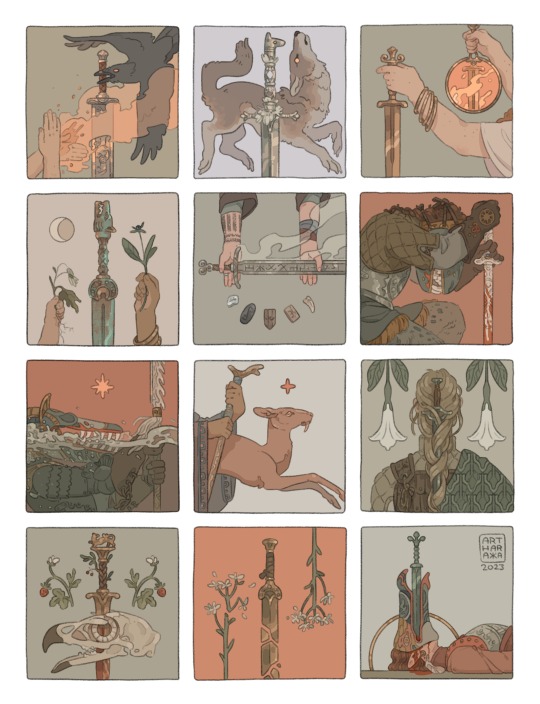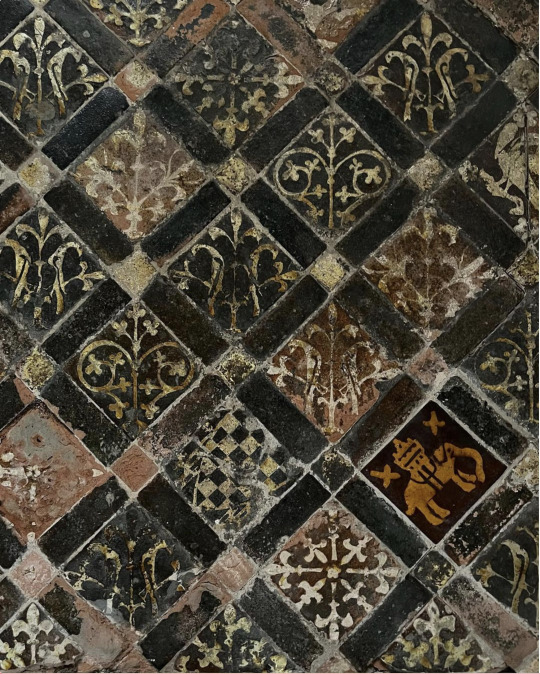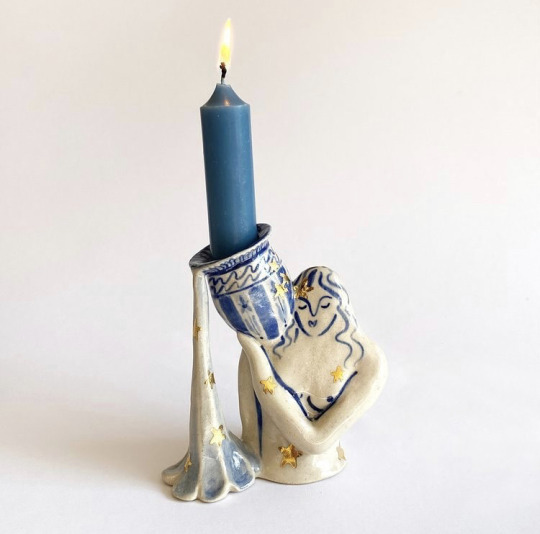magdalene. she/her. xxiv. about
Last active 4 hours ago
Don't wanna be here? Send us removal request.
Text
“Perhaps the first step in renewing a relationship between language and world is the simplest: fix attention on an ordinary object, the most banal and familiar, and describe it minutely, as if it were the newest and most interesting thing in the universe.”
Italo Calvino, The Written World and the Unwritten World
568 notes
·
View notes
Text
I sent my inner child to work at a steel cable plant to make some extra cash and it got mangled in an industrial accident and died in the hospital so I really don't have to protect it or whatever anymore. good luck with your self care stuff though
8K notes
·
View notes
Text
there's lots of things to talk about in the huge dump of "CANCELLED PLANS FOR DISCO ELYSIUM 2: CUNO BOOGALOO" but i am fixated on this little diagram of a mechanic where the better the kids are getting along, the closer they will walk to each other, and at maximum, they start holding hands

the whole game was going to be based on this complicated relationship between two traumatized orphans. and then it was going to end with them fighting to the death
4K notes
·
View notes
Text
going to aix-en-provence for work reasons for the weekend....probably won't have much time to sightsee a lot unfortunately :^( but i will see sainte-victoire :^)
#magda.txt#big downside is that i got kinda sick. sick-ish i guess.#need to leave a painting. and then take a painting back. easy.
5 notes
·
View notes
Text

Variation on Swords III
| PRINTS | | Other Swordtember prints & more |
3K notes
·
View notes
Text

Medieval encaustic floor tiles - Photo - rosbyamshaw
5K notes
·
View notes
Text

C.W. Leadbeater, The Astral Plane: Its Scenery, Inhabitants, and Phenomena
590 notes
·
View notes
Text

Bowl with doucai decoration of bats over waves Chinese Qing dynasty, Yongzheng period 1722–35 Museum of Fine Arts Boston
4 notes
·
View notes
Photo

Bonus:
Mark Rothko at Yale, 1923, Rothko Family Archives
“I don’t look like this”
1K notes
·
View notes
Photo

E. Le Tellier - Playing Card, Ace of Spades, late 19th century
8K notes
·
View notes
Text
Me when I'm in a 'misunderstanding the themes and ideas of Disco Elysium' competition and my opponent is ZA/UM
2K notes
·
View notes
Text

Kenny Rivero (Dominican-American, b. 1981, Washington Heights, Manhattan, NY, USA, based Bronx, NY, USA) - Mystery School, 2020, Paintings: Oil on Canvas stretched over Panel
188 notes
·
View notes
Photo


pauta saila (1917-2009), owl, 1964-5, stonecut print
3K notes
·
View notes
Text

Tea and Lemon - Kim Harding , 2021.
Australian , b. 1971 -
Oil on canvas , 50 x 70 cm.
407 notes
·
View notes




